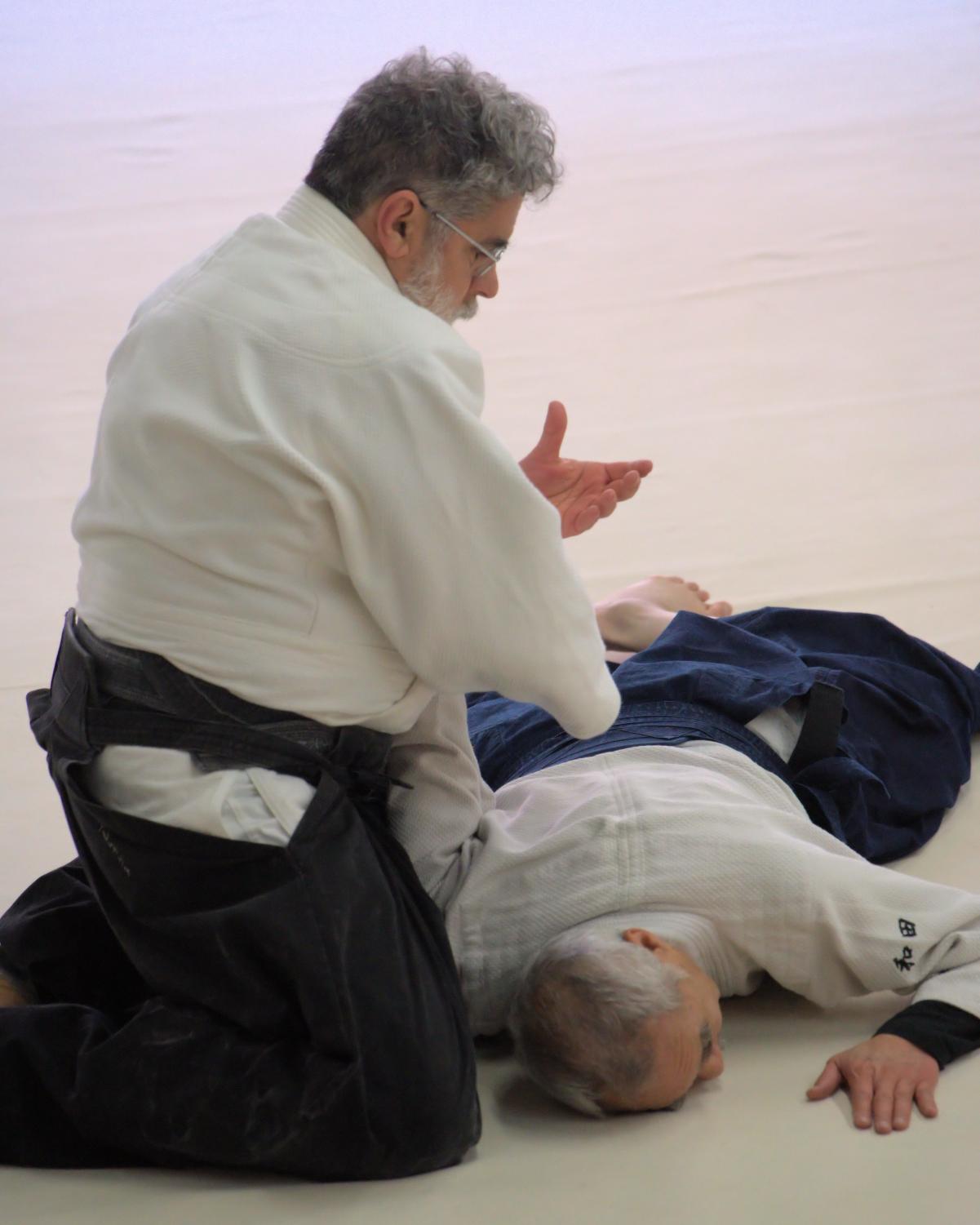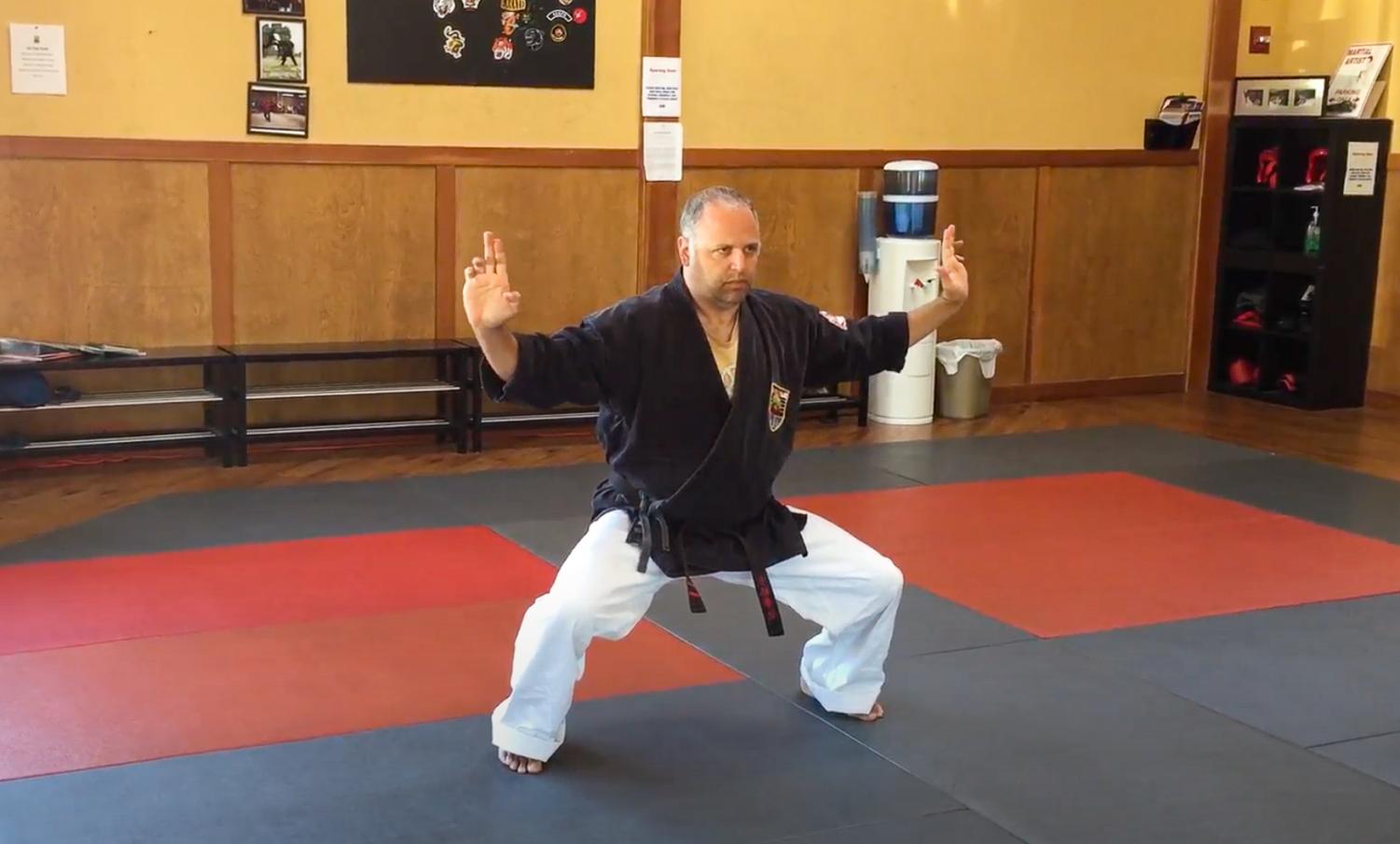“In my view, the true advancement in martial arts is a story of yourself [on the] inside. You do it because you want to understand yourself. It’s about knowing who you are, knowing how to control your wishes, your movements, your energy, how you react to things and so on,” said Ernesto Diaz, Redwood mathematics and Advanced Placement (AP) Research teacher.
Martial arts have been an integral part of many cultures for centuries. Some of the earliest documented martial arts practices date back to ancient China, where techniques such as kung fu and tai chi were developed, while other forms originated in Japan and Southeast Asia. These different types of martial arts each carry several benefits that are not limited to physical fitness and self-defense. For those who dedicate themselves to the practice, martial arts can become a way of life, shaping their bodies, minds and spirits. Jonathan Hirsch, a Redwood social studies teacher, enjoys the art and is currently a practitioner.

The process of obtaining a black belt in martial arts typically involves several years of dedicated training, progressing through colored belts, passing promotion tests, fulfilling time requirements, passing a rigorous black belt test and continuing education to maintain the rank. Hirsch has put in an enormous amount of time, commitment and hard work to receive his black belt, which represents a mastery of the art and a deep understanding of its principles.
“For me, [martial arts] was so much more; I always saw this big picture,” Hirsch said. “It wasn’t about the belt, [and] it wasn’t about the ego boost. It was about growth and applying [martial arts] to my life. I think the people who stick with [practicing martial arts] have to have that growth mindset because the belts get harder and harder to attain.”
Diaz practices a different type of martial art called aikido, which originated in Japan. Aikido is a martial art that focuses on using an opponent’s energy and movements against them, rather than using brute force. It emphasizes blending with an attacker’s movements and redirecting their momentum, rather than meeting force with force. Aikido techniques typically involve joint locks, throws and pins, and can be practiced both for self-defense and as a means of physical and spiritual development. Diaz recently received his fourth-degree black belt after practicing for the past 32 years, which is the highest level one can go in any form of martial arts and is extremely difficult to receive. Diaz was first introduced to this form of art from his father.
“My father was a black belt in judo and karate. Some of the earliest memories that I have of him are teaching me to control my heartbeat through breathing, and that’s how he began to introduce me to martial arts,” Diaz said. “When I was at least seven or eight, I began to train judo and left about after a year or two [because] it was very competitive and very aggressive. [However], much later when I was about 28 I was going through a very difficult time in my life and my father felt that I needed to do something to bring balance, and he felt that the answer was martial arts.”

Martial arts carry an important role in serving not only physical health benefits, but also mental benefits. Both Hirsch and Diaz reflect on how rewarding it can be to participate in this form of art.
“[Practicing] was life-changing in ways that I never could have imagined. I got introduced to a style of meditation called Qigong that has been transformative. It’s helped me see ways to approach different situations and learn that there are times to yield and to use Kung Fu as a kind of metaphor,” Hirsch said.
The two have combined their knowledge together on some occasions, and at one point held a self-defense class for students at Redwood to participate in. Hirsch went into depth about how his time practicing with Diaz has been a moment for him to reflect on his work as a martial artist.
“[When we practiced a few times together], It’s something that we share just in terms of our growth and our process. I have so much respect for [Diaz] as a martial artist and what he’s taught me, since he has been doing it for longer than I have,” Hirsch said.

In addition to the mental benefits of martial arts, Diaz explained the other values the art has offered him.
“It allows me to maintain a sense of balance and equilibrium regardless of what happens in the class. It also is associated with my idea that my job here is to protect integrity and the safety of my students physically, emotionally and otherwise,” Diaz said. “[Practicing] is a matter of sensing and being grounded. For me as a father, it has allowed me to pass some values to my children. They have seen me [training] since they were born. [It’s] part of our family life. They know what it means and they were present in my last two tests. It’s not a hobby, it’s something that we value profoundly about how our philosophy of life has to do with service to others.”
However, both Diaz and Hirsch agree that this form of art is a critical part to one’s mental and physical health, bringing a sense of calmness to the human body.
“You learn balance, coordination and cognitive loading where we learn to deal with stressful situations. [This form of art] can actually help your brain to deal with all kinds of stressful situations that you encounter and not let your fight and flight take over,” Hirsch said.






